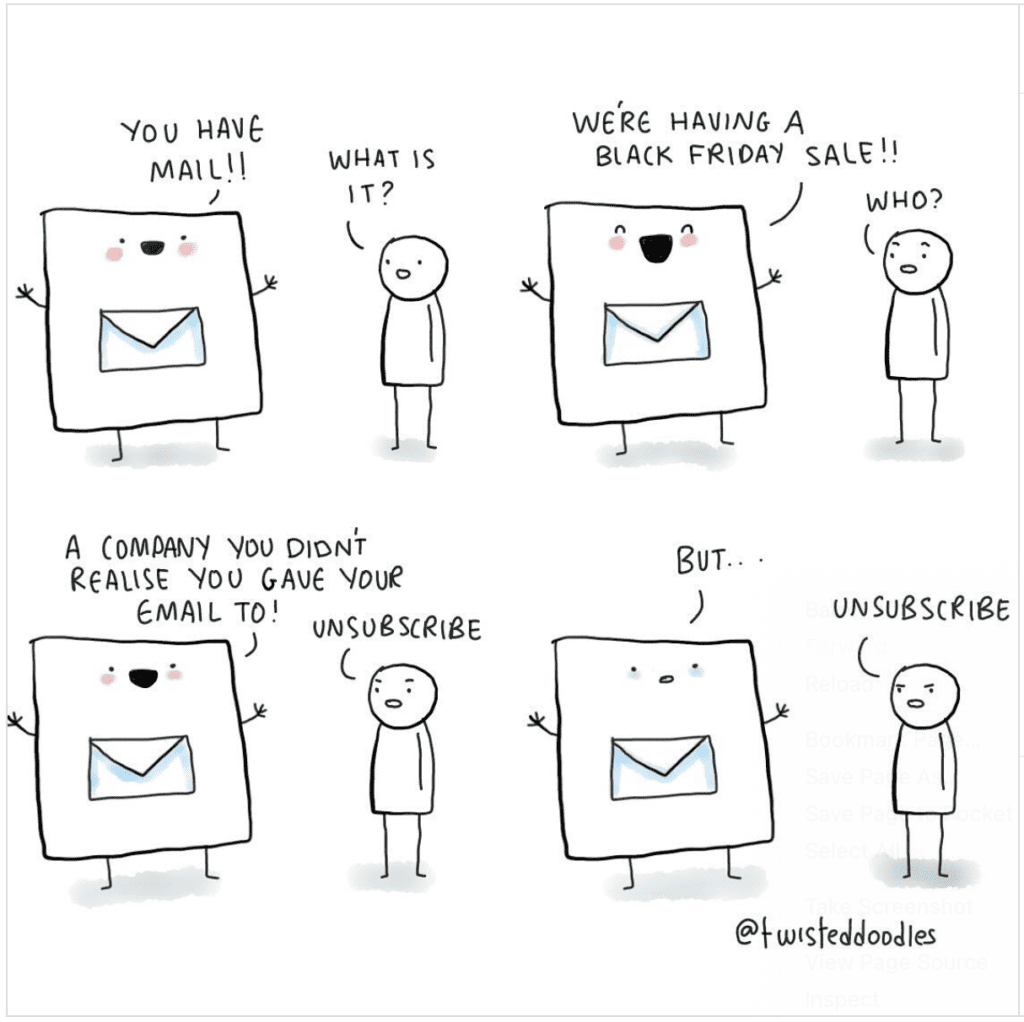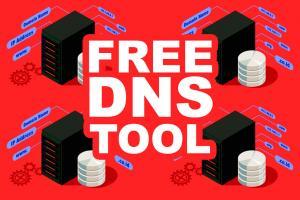industry
Six years ago today I wrote here “Spam isn’t going away“, talking about systemic problems at Google, Cloudflare and Amazon and in India. If I were writing it today I might mention Microsoft, Salesforce and ExactTarget as well as Google, and might stress Amazon less (mostly because all the Amazon spam sites tend to be hidden behind Cloudflare, so you don’t know they’re Amazon sites). And OVH, of course. But the gist of the story hasn’t changed in six years, and the conclusion is as valid today as it was then: There will be increasing volumes of B2B spam being sent for the foreseeable future, and there doesn’t seem to be much we can do to change that. If your career involves filtering inbound spam – consumer, smb or enterprise – it seems your skills will be in demand for a long while yet.
Yes, it’s another yahoogle best practices post. Google divide their requirements for senders into those sending more than 5,000 messages a day, and those sending less. Yahoo divide their requirements into “All Senders” and “Bulk Senders”, and explicitly don’t define that via a volume threshold: “A bulk sender is classified as an email sender sending a significant volume of mail. We will not specify a volume threshold.”. So … do you need to count how many messages you send, to see if Google thinks you’re a bulk sender or not? No. Definitely not. Google state a threshold just so they don’t have to argue about the definition of “bulk sender”, I’m sure. In practice they’ll be using the same definition as bulk sender as Yahoo – we know it when we see it. But the real distinction isn’t volume – it’s whether you’re professional, grown-up sender or a hobbyist. If
Yes, it’s another yahoogle best practices post. Google divide their requirements for senders into those sending more than 5,000 messages a day, and those sending less. Yahoo divide their requirements into “All Senders” and “Bulk Senders”, and explicitly don’t define that via a volume threshold: “A bulk sender is classified as an email sender sending a significant volume of mail. We will not specify a volume threshold.”. So … do you need to count how many messages you send, to see if Google thinks you’re a bulk sender or not? No. Definitely not. Google state a threshold just so they don’t have to argue about the definition of “bulk sender”, I’m sure. In practice they’ll be using the same definition as bulk sender as Yahoo – we know it when we see it. But the real distinction isn’t volume – it’s whether you’re professional, grown-up sender or a hobbyist. If
Just a very, very short post with links to the Yahoo and Google requirements FAQs. Given I can’t ever remember them I’m guessing lots of y’all can’t either. Yahoo: https://senders.yahooinc.com/best-practices/ Google: https://support.google.com/a/answer/14229414
On January 9th at 6pm GMT, 1pm EST and 9am PST I’ll be speaking with Nout Boctor-Smith of Nine Lives Digital about the new Yahoo and Google technical requirements. In this webinar you’ll: Learn more about what these new email sender guidelines entail and how they differ from the status quo Understand why you’re being asked to do things that were previously handled by your ESP (email service provider) Discover what adjustments you can make now to ensure your emails reach their intended inboxes in 2024 We know folks have a lot of questions about these changes and how to comply with them, so we’ve made sure to leave time for them. I’m so looking forward to this opportunity and I hope you can join us! Reserve Your Space!
Meanwhile… I apparently gave chess.com an email address in 2007 – probably due to a client engagement? I don’t know. I unsubscribed from their mail at some point as there has only been one email from them between 2010 and 2021. Maybe this time they’ll actually unsubscribe me.
If you’re an ESP with small customers you may have looked at the recent Google / Yahoo requirements around DMARC-style alignment for authentication and panicked a bit. Don’t impersonate Gmail From: headers. Gmail will begin using a DMARC quarantine enforcement policy, and impersonating Gmail From: headers might impact your email delivery.…For direct mail, the domain in the sender’s From: header must be aligned with either the SPF domain or the DKIM domain. This is required to pass DMARC alignment. So everyone who’s using their gmail address to send bulk mail is going to have to stop doing that within the next few months if they still want their mail to be delivered. For any ESP customer that already has, or can be convinced to buy, a domain for their web presence maybe they can be persuaded to switch to using that – though even if they can, onboarding 100,000 technically naive users
If you’re seeing a lot of “451 4.7.500 Server busy. Please try again later” from Office365 this morning you’re not alone. Microsoft are aware of the issue, and incident EX680695 says: Current status: We’ve identified that specific IP addresses are being unexpectedly limited by our anti-spam procedures, causing inbound external email delivery to become throttled and delayed. We’re reviewing if there have been any recent changes to our anti-spam rules to understand why the IP addresses are being limited. In the meantime, we’re manually adding reported affected IP addresses to an allowed list to provide immediate relief.
A lot of beginner questions about email delivery aren’t about broad strategies for success, or technical details about authentication, or concerns about address acquisition. They’re something like: My mail to $ISP is being blocked. How do I contact someone there? Asking a question to your peers about how to deal with a concrete problem you’re having is a great thing to do – you might get immediate help, and hopefully you’ll pick up some technical or industry information and level up some skills along the way. But there are good questions and good ways to ask them, and bad questions and bad ways to ask them. You really want to get the most value out of the answers you get, and you don’t want to waste your peers valuable time. Lets talk about the “My mail is blocked, who do I ask to fix it?” sort of question on an
Google are circulating a new set of requirements for bulk senders on their blog. So are Yahoo. It’s almost like postmasters talk to each other or something. If you dig through the links in the Gmail blog post you can find this summary of what they’ll be requiring from bulk senders by February: Set up SPF or DKIM email authentication for your domain. Ensure that sending domains or IPs have valid forward and reverse DNS records, also referred to as PTR records. Learn more Keep spam rates reported in Postmaster Tools below 0.3%. Learn more Format messages according to the Internet Message Format standard (RFC 5322). Don’t impersonate Gmail From: headers. Gmail will begin using a DMARC quarantine enforcement policy, and impersonating Gmail From: headers might impact your email delivery. If you regularly forward email, including using mailing lists or inbound gateways, add ARC headers to outgoing email. ARC headers indicate the message was forwarded and identify














